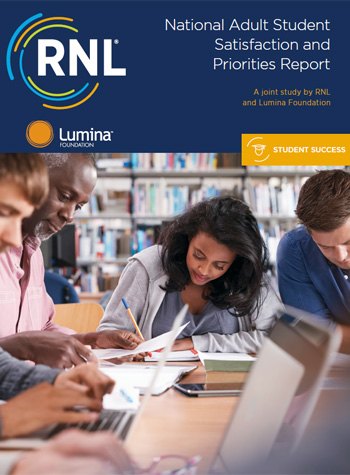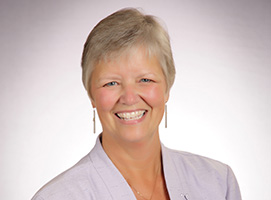student success
New Report: Adult Student Satisfaction and Priorities
Are students 25 years of age more or less satisfied with their educational experience than students 24 years and younger? How are community colleges, four-year public, and private institutions doing in meeting the expectations of adult students? How do the experiences of adult students of color vary?
Recognizing RNL’s Student Satisfaction Inventory as the leading satisfaction assessment tool in higher education, Lumina Foundation contacted RNL with a proposal to work together on a joint study of adult student satisfaction in order to answer these questions. The newly released Adult Student Satisfaction and Priorities Report reflects the results from 368,765 students at 563 institutions; of these students, 85,929 were 25 years of age and older. The data were collected between the fall of 2015 and the spring of 2018.
How satisfied are adult students compared with traditional students?
Based on the responses to the item which asks students their overall level of satisfaction, adult students at community colleges and four-year public institutions indicated higher levels of overall satisfaction, while scores at four-year private colleges and universities were slightly lower for adults.
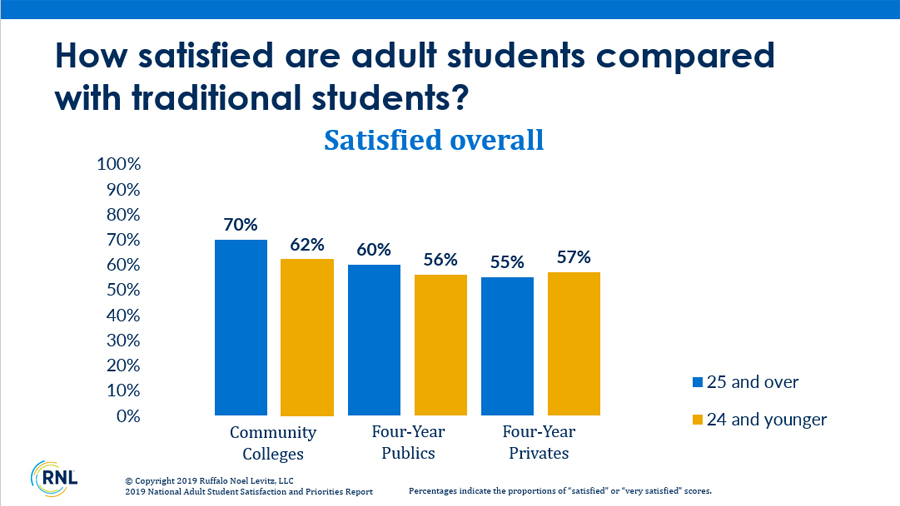
How are institutions doing in meeting the expectations of adult students?
Two areas performed notably different for adult students as compared with traditional students:
1. I seldom get the “run-around” when seeking information on this campus.
This item was identified as a challenge (high importance and low satisfaction) for adult students across all three institution types. Students 24 and younger did not identify this item as a challenge, nor as a strength (high importance and high satisfaction). It is critical for campuses to stay mindful of the limited amount of time available to adult students, who are likely managing school activities in addition to work and family commitments.
Campus opportunities to be responsive include:
- Identifying
potential areas of run-around, including
- Processes and procedures
- Access to information on the Website
- Support services providing timely information
- Convenient access to onboarding
- Cross-training front-line staff to answer questions and provide clear direction.
- Creating a dedicated, one-stop center or resources for adult learners to minimize or eliminate run-around.
2. There are adequate services to help me decide upon a career.
Adult students at four-year public and private institutions uniquely identified this item as a challenge (high importance and low satisfaction), while traditional-age students at these institutions as well as both student populations at community colleges indicated it was neither a strength, nor a challenge. It is important to consider that not all adult students may have a clear career pathway in mind when they enroll in college and may still be interested in receiving career assistance from the institution.
Campus opportunities in career services include:
- Develop and embed career tools and support adult learners in each year of the student experience, culminating with a successful transition to a bachelor’s program, graduate school or the world of work.
- Provide for Prior Learning Assessment (PLA) for adult students to strengthen the degree plan and career decision.
- Know the graduate outcomes by local, state and national channels to utilize outcomes content and messaging throughout the student life cycle and to proactively promote career planning.
How do the experiences of adult students of color vary?
This study compares the perceptions of adult African American, Hispanic and White students at each of the three institution types. Two notable findings were:
1. Personalized attention prior to enrollment was much more important to African American and Hispanic students than it was to white students at community colleges, four-year public and private institutions.
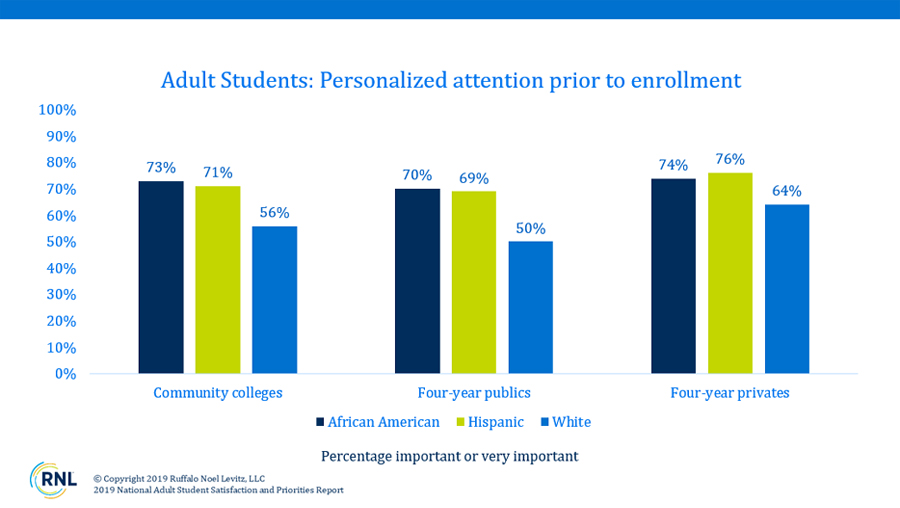
2. The perception of faculty being fair and unbiased was identified as a challenge item to African American adult students at all three institution types and by Hispanic adult students at four-year public university. White adult students did not indicate that this item was a high priority item.
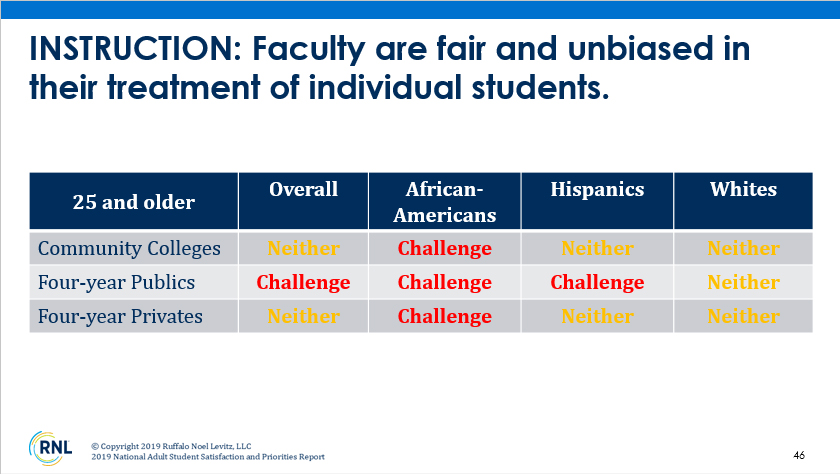
Download the full report and see our webinar
I encourage you to download the complete Adult Student Satisfaction and Priorities Report to review these findings more closely as well as to see adult student perceptions regarding financial aid, academic advising, instruction, registration, and campus climate items. Download now.
We also have a webinar, Top Tips for Meeting the Needs of Adult Students, presented by myself and Dr. Amia Foston of Lumina Foundation. Learn more and register.
